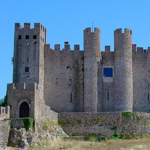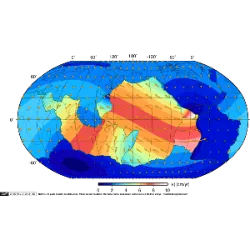Óbidos is a medieval town in Portugal

Óbidos is a medieval town in Portugal, surrounded by historic walls that protected the city for centuries. Óbidos Castle is the most prominent of its castles and was built by the Moors in the 12th century and renovated by the Portuguese in the 13th century. There are several other castles and fortifications within the city walls, which are well preserved. Today, Óbidos is a popular tourist destination, known for its cobbled streets, artisan shops and its annual chocolate festival.
Did you know??










